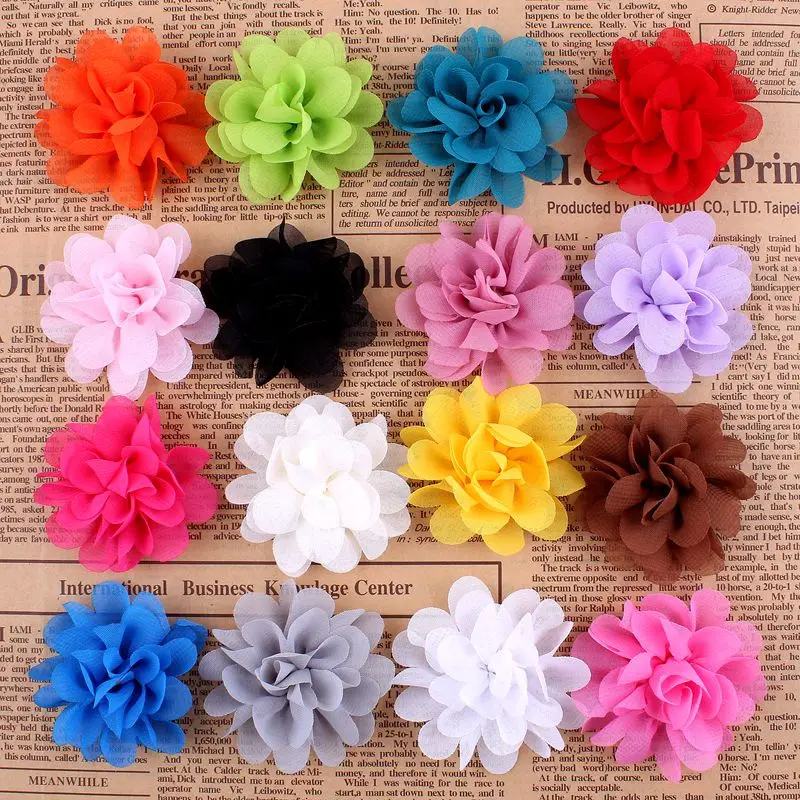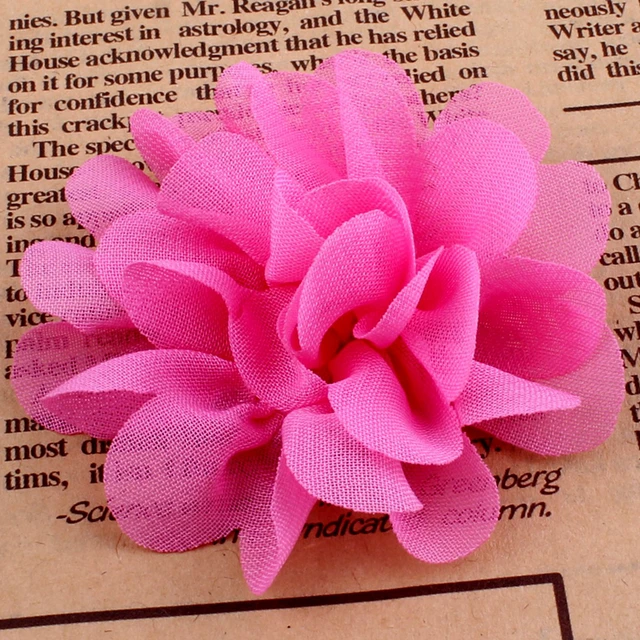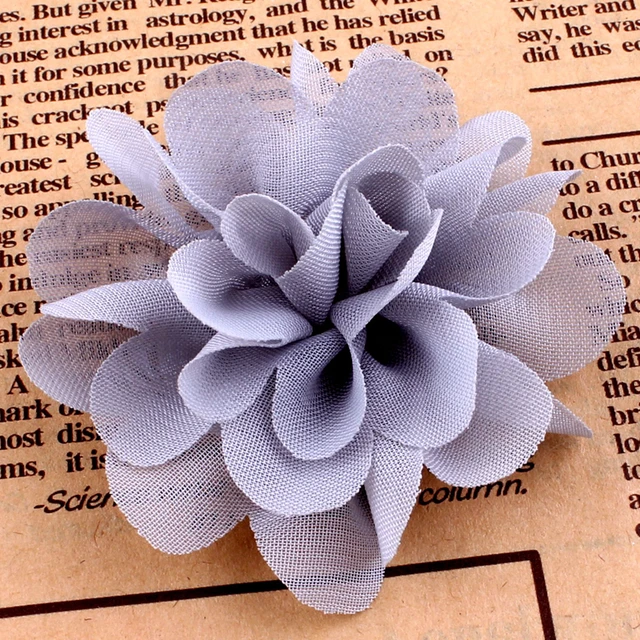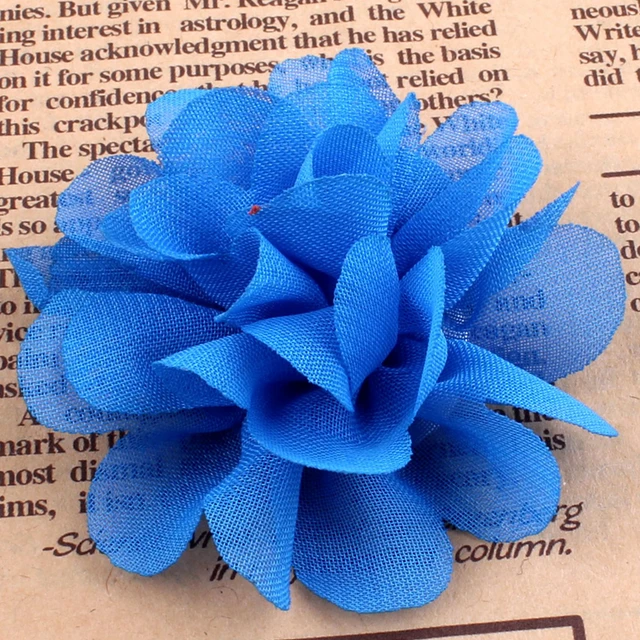Creating beautiful fabric flowers is not only a delightful and fulfilling DIY project but also a meaningful way to add a touch of charm to any occasion. From home decor to wedding arrangements, fabric flowers bring an everlasting beauty that living blooms simply cannot match. In this comprehensive guide, you will learn how to create stunning fabric flowers step by step, along with tips and tricks for customizing them to suit your personal style and the needs of any event. Let’s dive into the enchanting world of fabric flower crafting!
The Basics of Fabric Flower Crafting
Before diving into the creation of stunning fabric flowers, it is essential to understand the fundamental principles of this crafting practice. Fabric flowers can be made from a variety of materials, including cotton, silk, felt, and even burlap, each offering a unique texture and aesthetic. Choosing the right fabric is crucial, as it can dramatically affect the overall appearance of your finished flower. For example, lightweight fabrics like cotton or silk allow for greater flow and delicate shapes, while sturdier fabrics like felt provide structure and stability.
Next, gather your tools and materials, which typically include scissors, fabric glue, a hot glue gun, needles, and thread. Depending on your design, you may also want additional embellishments like beads, buttons, or lace. Familiarizing yourself with various stitching techniques, such as gathering or running stitches, will give you greater versatility in your designs. Having a well-organized workspace will not only enhance your crafting experience but also pave the way for creative experimentation.

Selecting Your Fabrics
Once you grasp the essentials, the next step involves selecting the types of fabric you wish to use. Fabric choices are famously vast and can range from breathable cotton to opulent silk. What you choose depends largely on the look and feel you wish to achieve. Cotton is generally considered user-friendly and perfect for beginners. It is easy to manipulate and holds its shape well, making it suitable for a variety of techniques.
Silk, on the other hand, is a luxurious option that can create delicate and ethereal flowers; however, it requires a bit more skill and care due to its delicate nature. When working with silk, it’s critical to consider the fabric’s weight and finish, as these elements significantly influence how the flower will look once completed.
Felt is another excellent choice for those who prefer a more structured flower. It is readily available in various colors and thicknesses, making it an appealing option for both children’s crafts and sophisticated decor. Additionally, felt does not fray, allowing for easy cut and stitch scenarios, particularly if you wish to create flowers with intricate shapes.
Tools and Techniques for Crafting Fabric Flowers
To create stunning fabric flowers, mastering a few basic tools and techniques can make a remarkable difference in the quality of your projects. Start with essential tools like scissors, which should be sharp for easy cutting. Consider investing in specialized fabric scissors to ensure clean edges and greater accuracy. A hot glue gun is indispensable for quick assembly and securing pieces together, while fabric glue works well for more delicate applications.
When it comes to stitching, familiarize yourself with both hand sewing and machine sewing techniques. While machine sewing is efficient for larger projects, hand sewing offers greater control and allows for intricate detailing that can enhance your flowers’ aesthetics. Basic stitches such as running stitches, slip stitches, and gathering stitches will prove invaluable, allowing you to manipulate your fabric into desired shapes easily.
Another important technique to explore is the art of shaping your flowers. Techniques like heat-shaping, particularly with synthetic fabrics, allow you to create curlier petals by gently melting the edges. Using this method can yield a more lifelike appearance, reminiscent of real flowers. Play with petals of varying sizes and shapes; layering smaller pieces over larger ones can create depth and an eye-catching focal point.
Step-by-Step: Creating a Basic Fabric Flower
Now comes the exciting part: creating your very own fabric flower! Start by gathering your materials: fabric of your choice, scissors, hot glue, and any embellishments you desire. Begin by cutting out your petal shapes. A simple flower may require five to six petals, each measuring about 4-5 inches in diameter, but feel free to adjust based on your preferred size and style.
Once cut, you might want to finish the edges to avoid fraying. You can do this by applying a tiny bit of fabric glue along the edges or carefully running a flame along them if using synthetic fabrics. To shape your petals, fold each petal in half, then create a slight curve by gathering the bottom edge. A running stitch along this edge can help create a beautiful shape that mimics the natural look of flower petals. Pull the gathered thread gently to shape the petals as desired.
With your petals ready, assemble them together, starting with the bottom layer. Use hot glue or needle and thread to secure them. Once your base layer is complete, begin layering up, adding more petals from the largest to smallest. Aim for an asymmetrical or natural look, as flowers rarely appear perfectly symmetrical in nature. After layering all your petals, secure your petals with a few stitches or a small dab of glue.

Customizing Your Fabric Flowers for Different Occasions
One of the most exciting aspects of crafting fabric flowers is the ability to customize them to fit various occasions. The key to effective customization lies in your choice of color, size, and embellishments. For example, for a romantic wedding setting, opt for pastel or neutral colors adorned with delicate lace or pearls. These subtle touches create an elegant and understated look.
For a lively birthday party or celebration, don’t shy away from vivid and contrasting colors. Think about using bold primary colors or floral patterns, paired with playful embellishments like sequins or feathers. This not only creates a festive atmosphere but also reflects the joyous energy of the occasion.
Additionally, consider the context in which your flowers will be used. For example, flowers intended for a wreath or backdrop can be larger and more voluminous, whereas those for hair accessories can be smaller and more delicate. You can also explore varying petal shapes and arrangements. For a rustic-themed event, a mix of layered felt flowers can lend an earthy charm, while smoother, sleeker designs may work best for more modern settings.
Practical Applications: Where to Use Your Fabric Flowers
Once you’ve honed your fabric flower crafting skills, the next enjoyable step is discovering their myriad of practical applications. Fabric flowers are incredibly versatile and can be employed in numerous settings. For your next event, consider how these flowers can enhance the atmosphere.
In home decor, fabric flowers offer a lasting alternative to fresh flowers. You can use them in centerpieces, wreaths, or to adorn tables during seasonal celebrations. For instance, crafting a spring-themed wreath with pastel-colored flowers can brighten your doorway and greet guests warmly. Furthermore, you can use them to spruce up your living area’s soft furnishings, such as hiding the attachment points of throw pillows using flowers as decorative accents.
For special events like weddings, fabric flowers can be intricately incorporated into bouquets, boutonnieres, and table centerpieces. Imagine the joy of creating a personalized bouquet of fabric flowers in your chosen colors! This customization adds a meaningful touch to your wedding and means you can keep your bouquet as a cherished memory for years to come.

Conclusion: Unleash Your Creativity with Fabric Flowers
The beauty of crafting fabric flowers is that your imagination is the only limit. From simple designs to intricate styles, the process is not only therapeutic but can result in something uniquely personal and eye-catching. Whether for home decor, celebrating holidays, or as thoughtful gifts, these flowers carry the charm and elegance that can brighten any occasion.
As you gain more experience and become more comfortable with your techniques, don’t hesitate to experiment. Mix and match fabrics, play with shapes, and explore different embellishments. By customizing your fabric flowers, you can craft pieces that reflect your creativity and personality.









